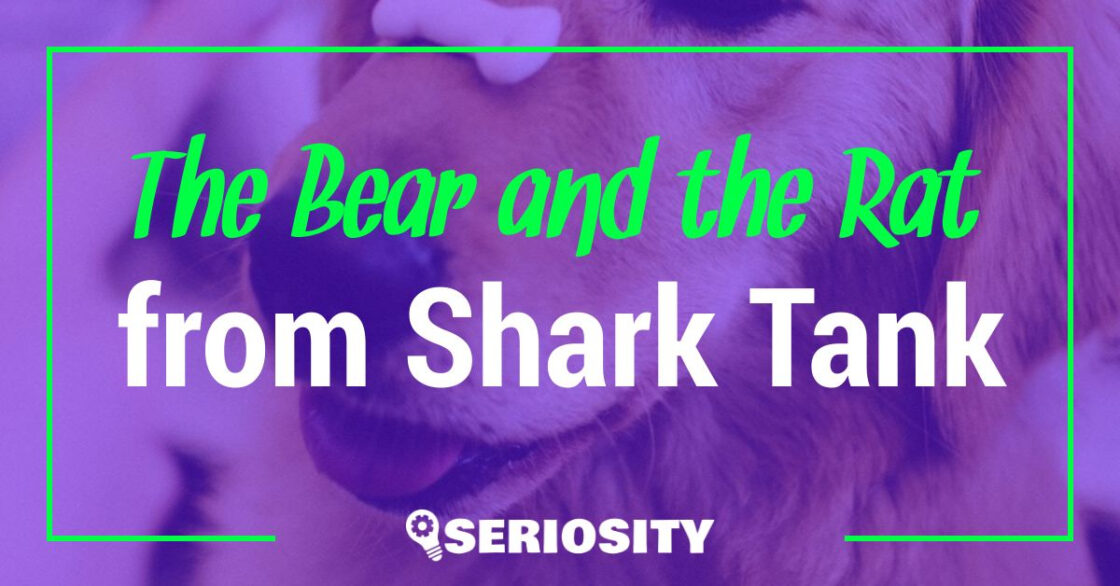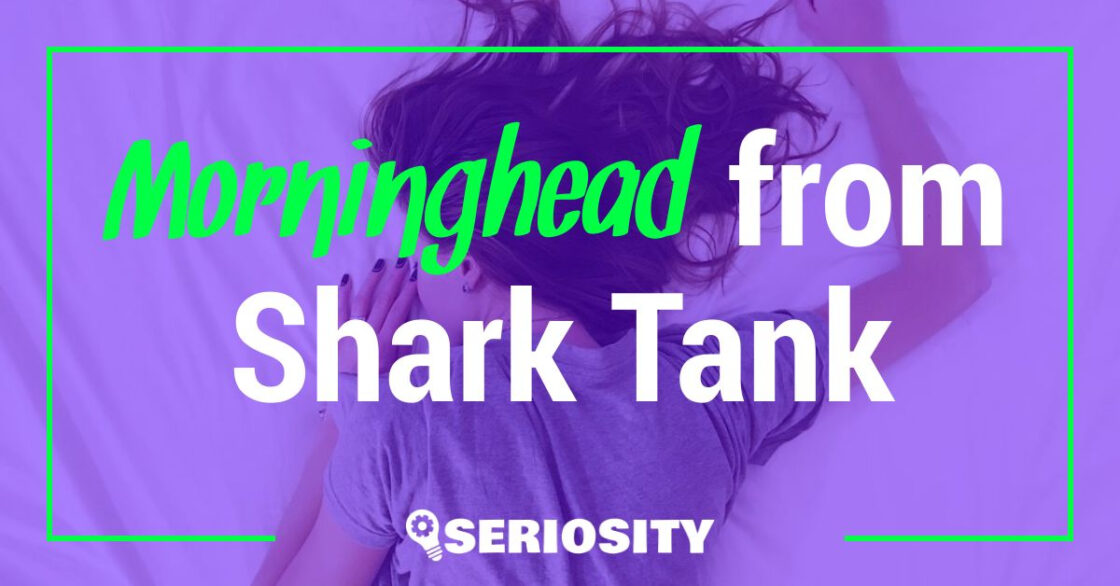So, you’re curious about creating NFT art? You’re not alone! NFTs, or non-fungible tokens, have taken the art world by storm, offering a new way for artists to showcase and sell their work. Whether you’re an experienced artist or just starting out, diving into the world of NFTs can open up exciting opportunities.
Making NFT art isn’t as complicated as it might seem. With the right tools and a bit of creativity, you can transform your digital artwork into a unique, blockchain-certified piece. Ready to get started? Let’s explore the steps you need to take to create your very own NFT art.
Key Takeaways
- Understanding NFT Art: NFT art is digital artwork certified via blockchain technology, ensuring uniqueness and ownership. This offers artists new revenue opportunities and security in transactions.
- Popular Creation Tools: Utilize software like Adobe Photoshop, Adobe Illustrator, Procreate for digital art, and Blender or ZBrush for 3D art to create high-quality NFT artworks.
- Blockchain Platforms: Choose the right blockchain platform for minting NFTs. Ethereum, Binance Smart Chain, Flow, and Tezos each offer distinct benefits like security, lower fees, and eco-friendliness.
- Minting and Selling NFTs: Mint your artwork on platforms like OpenSea or Rarible, setting metadata and royalties. Effective marketing through social media and NFT communities can boost visibility and sales.
- Legal Considerations: Secure copyrights and intellectual property rights for your artwork. Utilize smart contracts to automate and enforce terms, ensuring continuous royalty earnings from future sales.
- Monetizing Strategies: Set competitive pricing, consider tiered pricing models, and choose the right marketplace to maximize exposure and sales. Engaging with communities on social media and NFT platforms can enhance market presence.
Understanding NFT Art and Its Significance
The NFT art market offers an exciting frontier for entrepreneurs like you. By diving into this world, you can capitalize on the booming interest and bring your creative hustle to new heights.
What Is NFT Art?
NFT art, a form of digital artwork, exists on blockchain technology. NFTs, or Non-Fungible Tokens, certify ownership and uniqueness of these digital pieces. Unlike cryptocurrencies such as Bitcoin, NFTs are unique and cannot be exchanged on a one-to-one basis. Examples include digital paintings, music, and animated GIFs, each with its distinct value. By verifying ownership, NFTs empower creators to maintain rights over their work, offering potentials for new streams of revenue.
Why Is NFT Art Relevant to Entrepreneurs?
NFT art opens a fresh market for entrepreneurial ventures. Leveraging blockchain ensures security and transparency in transactions, attracting more buyers and investors. Platforms like OpenSea and Rarible simplify the minting and selling process, allowing you to transform digital creations into tradable assets with minimal upfront costs. For example, Beeple’s digital artwork sold for $69 million in 2021, illustrating the financial possibilities.
By integrating NFT art into your business strategy, you can diversify your income streams, attract tech-savvy audiences, and ride the wave of digital innovation. The practicality and scalability of creating and selling NFT art make it an appealing opportunity for anyone looking to blend art with business.
Tools and Platforms for Creating NFT Art
In the rapidly evolving world of NFTs, you’ll find various tools and platforms that can help showcase and sell your digital artwork. With the right mix of creativity and technology, you can turn your passions into a thriving side hustle or even a primary income stream.
Choosing the Right Software
To create digital art for NFTs, you’ll need robust software. Popular choices include Adobe Photoshop, Adobe Illustrator, and Procreate. These programs offer comprehensive tools to bring your creative ideas to life. For a more intuitive and user-friendly experience, try Canva, which is excellent for creating unique designs. If you’re into 3D art, Blender and ZBrush provide advanced features to model and render intricate pieces. These tools can help ensure your artwork stands out in a crowded NFT marketplace.
| Software | Best For |
|---|---|
| Adobe Photoshop | Digital painting, editing |
| Adobe Illustrator | Vector graphics |
| Procreate | Sketching, illustration |
| Canva | Graphic design, layouts |
| Blender | 3D modeling, rendering |
| ZBrush | Advanced 3D sculpting |
Selecting a Blockchain Platform
Once your artwork is ready, choose a blockchain platform for minting and selling your NFTs. Ethereum remains the most popular choice due to its widespread use and support for smart contracts. However, other blockchains like Binance Smart Chain, Flow, and Tezos offer lower transaction fees and faster processing times.
Consider what each platform offers:
- Ethereum: Robust security, large user base.
- Binance Smart Chain: Lower fees, faster transactions.
- Flow: Optimized for games and apps.
- Tezos: Energy-efficient, eco-friendly.
By selecting the right blockchain platform, you can maximize your reach and ensure your artwork gets the attention it deserves. Each platform has its own advantages, so evaluate them based on your specific needs and goals in the NFT space.
Step-by-Step Guide to Creating Your First NFT Art
Creating and selling NFT art can be a lucrative venture for entrepreneurs passionate about online business and side hustles.
Creating the Artwork
First, you’ll need to create the digital artwork. Use software like Adobe Photoshop or Illustrator for polished digital art. If you work on a tablet, try Procreate. For 3D art, Blender and ZBrush offer robust options. Focus on unique creations that reflect your style to stand out in the crowded NFT marketplace. Quality and originality often drive higher demand.
Minting Your NFT
Next, mint your digital art as an NFT. Select a popular blockchain platform like Ethereum, Binance Smart Chain, or Tezos. These platforms provide security and lower transaction fees. Create a digital wallet compatible with your chosen blockchain, then connect it to NFT marketplaces such as OpenSea or Rarible. Upload your artwork, set metadata (title, description, royalties), and complete the minting process by paying a small fee. Your artwork becomes a tradable NFT upon minting.
Marketing Your NFT Art
Once minted, promote your NFT art to potential buyers. Leverage social media platforms like Twitter, Instagram, and TikTok to share your work. Join NFT-specific communities and forums to engage with enthusiasts and collectors. Use email marketing to reach your existing audience if you have one. Collaborate with other artists or influencers to increase your reach. Effective marketing boosts visibility and can significantly enhance sales opportunities.
Legal Considerations in NFT Art Creation
Creating NFT art encompasses more than the creative process; understanding various legal aspects ensures smooth operations and protects your assets. Special attention to copyrights and intellectual property rights, and a clear grasp of smart contracts embeds legal robustness into your NFT endeavors.
Copyrights and Intellectual Property
Recognizing and safeguarding copyrights is crucial when it comes to NFT art. As an artist or entrepreneur, ensuring you own the necessary rights to the artwork is imperative. Avoid using copyrighted materials without permission, and consider registering your original works with copyright offices in relevant jurisdictions. This step reinforces your claim if any infringement arises.
Moreover, if you collaborate with other artists, define the ownership terms clearly through written agreements. For instance, specify if the rights are shared, or if one party retains full ownership. Such documentation precludes future disputes.
Understanding Smart Contracts
Smart contracts automate and enforce contract terms without intermediaries, playing a pivotal role in NFT transactions. Integrating them into your NFT sales on blockchain platforms like Ethereum ensures transparency and security.
Smart contracts can specify royalty payments, ensuring you earn a percentage from secondary sales effortlessly. Clearly define your royalties and payment terms in the contract. For example, set a 10% royalty on all future sales. This strategy guarantees ongoing income as your artwork gains market value.
Maintain accurate, updated records of your transactions and smart contract terms. Regular audits help in identifying discrepancies and ensuring compliance with predefined terms.
Monetizing NFT Art
Monetizing NFT art offers a myriad of opportunities for financial growth and artistic recognition. From setting the right price to choosing the best marketplace, there are key strategies to consider for maximizing success.
Pricing Strategies
Setting the right price for your NFT art is crucial in attracting buyers and ensuring profitability. Research similar pieces in your niche to understand market trends. Platforms like OpenSea offer insights into current pricing, helping you gauge the value of your work. Consider starting with lower prices to build a reputation and gradually increase prices as demand grows. Offering limited editions and exclusive rights can also justify higher price points.
Incorporate tiered pricing to cater to different buyers. For example:
- Standard Editions: Priced lower, appealing to a broader audience.
- Limited Editions: Higher price due to scarcity.
- Exclusive Rights: Premium pricing for unique ownership.
Selling on Marketplaces
Choosing the right marketplace impacts your NFT art’s exposure and sales. OpenSea, Rarible, and Mintable are popular platforms with diverse audiences. Look for platforms with user-friendly interfaces, secure transactions, and active communities. You might also consider niche marketplaces that cater specifically to your art genre.
Create compelling profiles on these platforms, highlighting your expertise and unique style. Engage with the community by participating in forums, hosting giveaways, and networking with other artists and collectors. Consistent interaction builds trust and increases visibility.
Leverage social media to drive traffic to your marketplace listings. Use platforms like Twitter, Instagram, and Discord to share your journey, upcoming drops, and behind-the-scenes content, creating a loyal following eager to invest in your art.
Conclusion
Creating NFT art opens up a world of opportunities for artists and entrepreneurs alike. By leveraging blockchain technology and the right tools, you can showcase your creativity and potentially earn a significant income. Remember to research the market, set strategic pricing, and engage with the community to maximize your success. With platforms like OpenSea and Rarible at your disposal, the digital art world is yours to explore. Dive in and start making your mark in the exciting realm of NFT art!
Frequently Asked Questions
What are NFTs?
NFTs, or Non-Fungible Tokens, are unique digital assets verified using blockchain technology, enabling secure ownership and transfer of digital artworks and other collectibles.
How can NFT art benefit artists?
NFT art provides artists with a new revenue stream, enhanced security, and transparency by utilizing blockchain technology, making it easier to sell and protect their work.
Which platforms are best for selling NFT art?
Popular platforms for selling NFT art include OpenSea, Rarible, and Mintable, each offering unique features to help artists showcase and sell their digital creations.
What software is recommended for creating NFT art?
Recommended software for creating NFT art includes Adobe Photoshop, Procreate, Blender, and ZBrush, providing artists with diverse tools for digital art creation.
How can artists determine the pricing for their NFT art?
Artists can use tiered pricing strategies and conduct market research to gauge buyer demand and set competitive prices to attract potential buyers and ensure profitability.
How can artists increase their NFT art exposure?
Artists can enhance their NFT art exposure by crafting engaging profiles on marketplaces, actively interacting with the community, and leveraging social media for broader visibility and sales.














